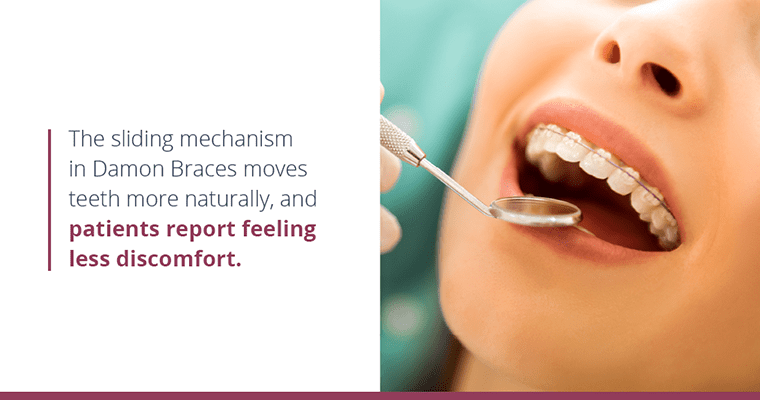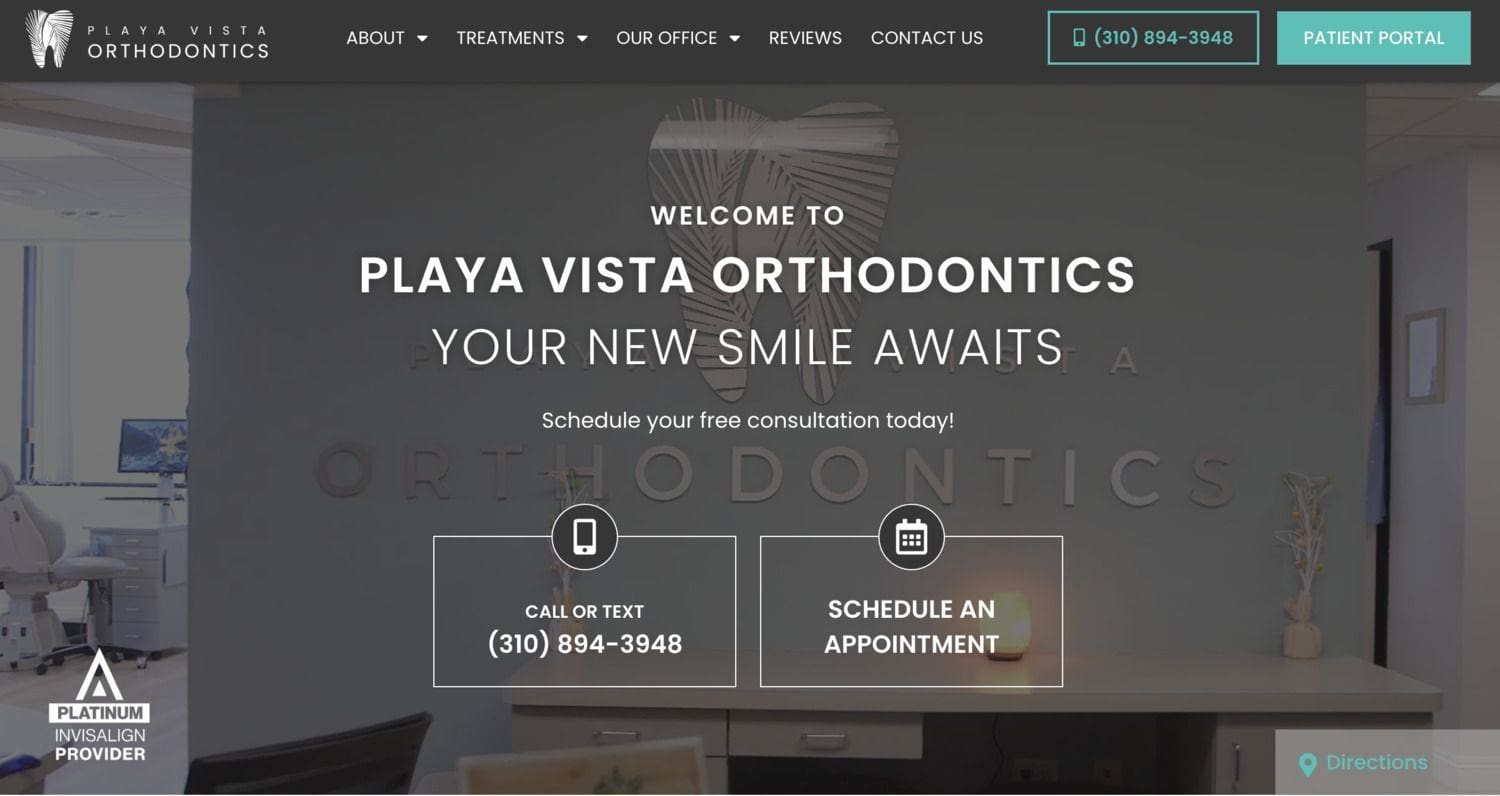Some Ideas on Orthodontic Web Design You Should Know
Getting The Orthodontic Web Design To Work
Table of ContentsWhat Does Orthodontic Web Design Mean?Orthodontic Web Design - QuestionsThings about Orthodontic Web DesignOrthodontic Web Design for BeginnersThe Buzz on Orthodontic Web Design
Ink Yourself from Evolvs on Vimeo.
Orthodontics is a specific branch of dental care that is concerned with diagnosing, treating and stopping malocclusions (bad bites) and other irregularities in the jaw region and face. Orthodontists are specially trained to fix these troubles and to recover health, performance and a beautiful visual look to the smile. Orthodontics was originally intended at treating youngsters and teenagers, nearly one 3rd of orthodontic individuals are currently adults.
An overbite describes the protrusion of the maxilla (top jaw) about the mandible (lower jaw). An overbite offers the smile a "toothy" appearance and the chin resembles it has actually receded. An underbite, additionally referred to as a negative underjet, describes the projection of the jaw (lower jaw) in regard to the maxilla (upper jaw).
Developmental hold-ups and hereditary elements generally cause underbites and overbites. Orthodontic dentistry offers strategies which will straighten the teeth and rejuvenate the smile. There are several therapies the orthodontist might use, depending upon the results of breathtaking X-rays, research study versions (bite impacts), and an extensive visual exam. Taken care of dental braces can be utilized to expediently remedy even the most severe case of misalignment.
Digital appointments & digital treatments are on the increase in orthodontics. The facility is straightforward: a patient uploads images of their teeth via an orthodontic website (or app), and after that the orthodontist attaches with the person through video clip seminar to review the pictures and review treatments. Using online appointments is practical for the person.
The smart Trick of Orthodontic Web Design That Nobody is Discussing
Virtual therapies & examinations during the coronavirus shutdown are an indispensable means to continue connecting with patients. With virtual treatments, you can: Keep orthodontic therapies on timetable. Orthodontic Web Design. Keep communication with individuals this is CRITICAL! Avoid a backlog of visits when you resume. Preserve social distancing and safety of patients & staff.
Offer individuals a reason to proceed making settlements if they are able. Orthopreneur has actually executed digital treatments & consultations on loads of orthodontic sites.
We are constructing an internet site for a new oral client and asking yourself if there is a layout best matched for this section (clinical, health wellness, dental). We have experience with SS templates however with so numerous brand-new themes view website and a company a bit various than the main focus group of SS - searching for some pointers on template choice Ideally it's the appropriate blend of professionalism and contemporary layout - suitable for a consumer facing team of clients and clients.

The Ultimate Guide To Orthodontic Web Design
Figure 1: The same photo from a responsive site, revealed on three various gadgets. A web site is straight from the source at the facility of any type of orthodontic practice's on-line existence, and a well-designed website can result in even more new patient telephone call, higher conversion prices, and much better visibility in the area. Yet offered all the options for building a new web site, there are some essential attributes that need to be considered.

This implies that the navigation, images, and format of the content about his change based on whether the visitor is using a phone, tablet computer, or desktop computer. A mobile site will certainly have photos maximized for the smaller screen of a smartphone or tablet, and will certainly have the written web content oriented up and down so a user can scroll via the site conveniently.
The website received Number 1 was designed to be receptive; it shows the exact same content differently for different devices. You can see that all show the initial image a visitor sees when showing up on the web site, however utilizing 3 various viewing platforms. The left image is the desktop computer version of the website.
Getting The Orthodontic Web Design To Work
The picture on the right is from an apple iphone. The image in the facility reveals an iPad packing the exact same website.
By making a website responsive, the orthodontist just needs to preserve one variation of the internet site since that variation will certainly fill in any kind of device. This makes keeping the website much less complicated, since there is just one copy of the platform. On top of that, with a responsive website, all material is readily available in a similar viewing experience to all visitors to the site.
The physician can have self-confidence that the website is loading well on all devices, because the site is developed to respond to the various displays. This is especially real for the modern-day web site that completes versus the constant material development of social media and blogging.
The 6-Minute Rule for Orthodontic Web Design
We have found that the mindful selection of a few powerful words and photos can make a strong impression on a site visitor. In Number 2, the medical professional's punch line "When art and scientific research incorporate, the result is a Dr Sellers' smile" is unique and unforgettable (Orthodontic Web Design). This is matched by an effective picture of a patient receiving CBCT to demonstrate using technology